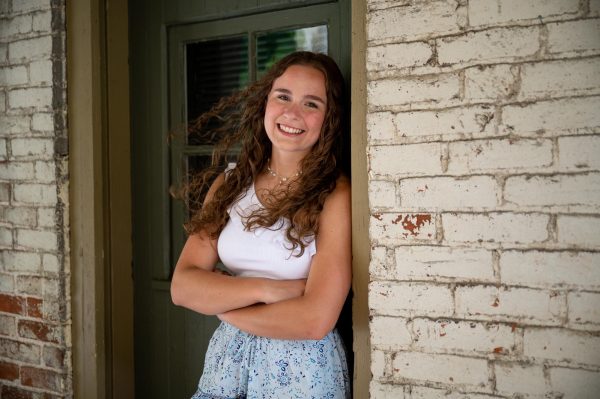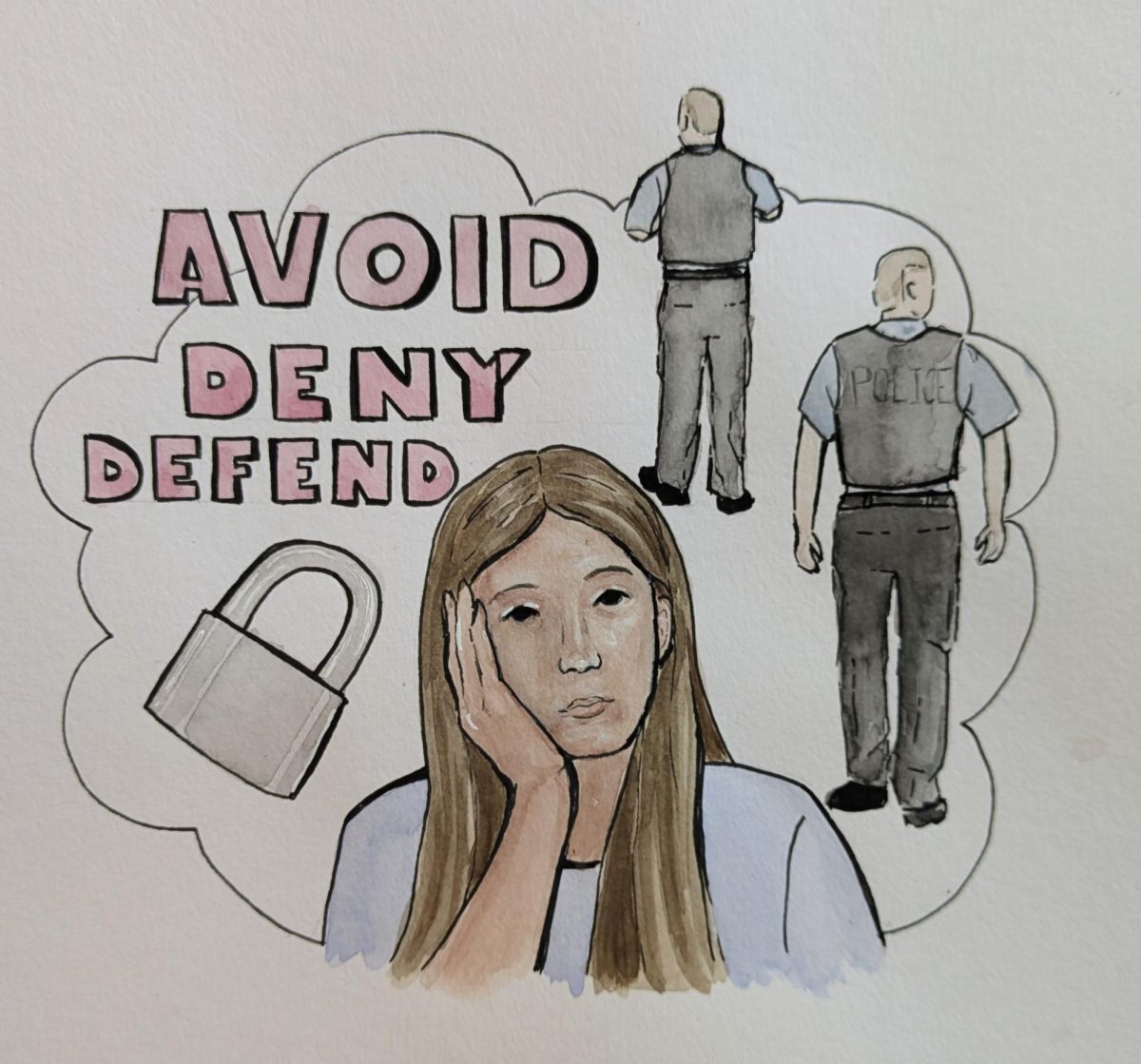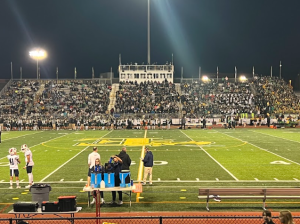Student-athletes reflect on A/B block scheduling
Emmaus senior Sophia Candy fights for the ball at the girls soccer game on Sept. 8. The team beat Northampton with a score of 3-0. Photo by Alice Adams.
November 10, 2021
This previously ran in our October 2021 print issue.
For the first time since spring of 2020, all students, teachers, and staff are back at Emmaus High School. Students are not only adjusting to being back in school, but are also getting acclimated to the new A/B block schedule.
Along with this new change, student-athletes are also returning with a normal season for fall sports. Although last year’s fall sports did go on, the season did come with its differences. Spectators were regulated, and the schedule for the season was especially complicated.
While adjusting to the path this school year is taking, student-athletes at EHS have seen both the advantages and disadvantages of the new schedule.
“I think on the benefits of the side, there is a little more time to get your homework done, because you have that extra day. So if I have a game this day, I don’t have to do my homework. I can wait until the next day,” said senior volleyball player Jenna McGinnis.
Senior football player Matt Baraket has similar feelings when it comes to getting assignments done.
“I like it because I have two nights to do the homework for each class,” said Baraket. “It took a little bit of getting used to, but once you’re used to it, for me, it’s fine.”
Senior football player Trevor Gitski enjoys the daily alternating classes.
“It’s nice having that gap so that you’re not going to the same classes every day: so that you have certain classes on one day, and then you get a little bit of a break from it the next day. And you’re right back to it the day after that,” said Gitski.
Although most athletes find the benefits of this new schedule to be great, that doesn’t mean it lacks disadvantages.
“On the other side of that spectrum, if I keep pushing [homework] off, and pushing it off because I have more days, then it just builds up. And I feel like not having that structure to get your things in right away increases my procrastination,” said McGinnis
For senior volleyball player Mia Pickering, although adjusting to the new length of classes has been difficult, it has been paying off in the long run.
“I feel like sitting in a class for 80 minutes, by the end of the day, I just want to be active. So it’s kind of like motivating me to be active at practice,” said Pickering.
With the change in the length of classes helping with athleticism after school, it also changes the view athletes have on test-taking.
“I feel like I just want to decompress,” said Pickering. “So I have a hard time studying before practice, because I just want some relaxation time.”
With the daily switch between classes, McGinnis views the day in between as a challenge.
“I would say [studying for tests] is more difficult with block scheduling because [of] not having that information reviewed and talked about every single day and having that gap every other day,” said McGinnis. “Over the weekend, it’s hard to remember. And then we’re getting so much information at once because the periods are double the size, that it’s just so much coming in at one time.”
Although test-taking in an A/B block schedule can be viewed as a disadvantage, Baraket sees it in a different light.
“Tests used to be like once a week or something like that. Now they can’t do that because they only have three periods once a week. Tests are now once every two weeks, so now you have double the length to study and prepare for it, whereas before you didn’t.”
Adjusting to change is certainly a challenge, but student-athletes have remained optimistic throughout the process.












